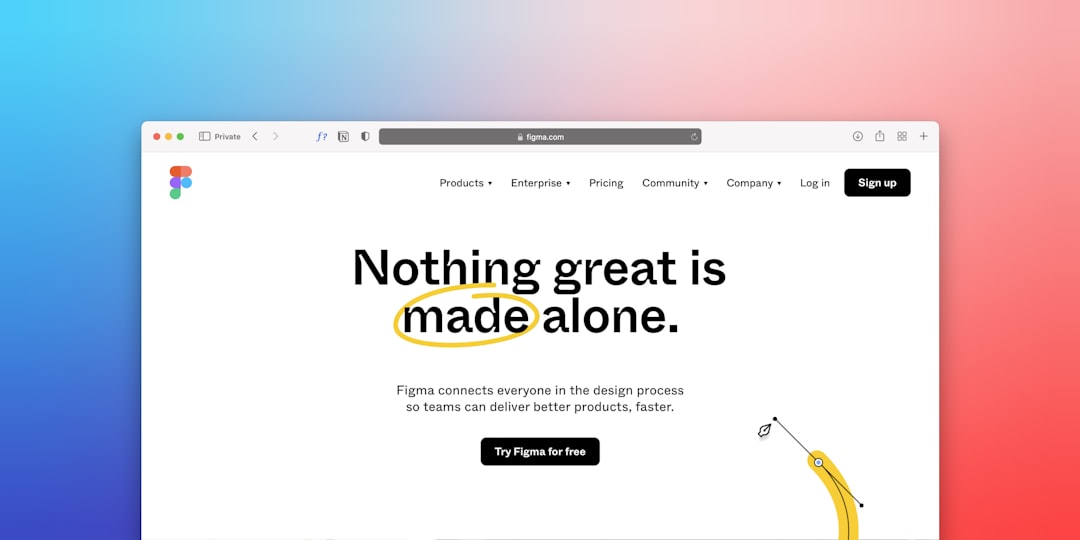In the ever-expanding gig economy, the path to profit through freelance work is not only accessible but increasingly viable for individuals seeking independence and flexibility. However, seizing freelance opportunities requires more than just talent or a polished resume. Success hinges on a freelancer’s ability to continuously evolve through targeted training. Learning new skills and refining existing ones can open doors to higher-paying gigs, long-term contracts, and a more stable freelance career.
The Importance of Continuous Learning
Training is the cornerstone of professional growth in the freelance world. With rapidly shifting client demands, technological advancements, and new tools emerging regularly, staying relevant is crucial. Freelancers who invest in learning are more likely to meet—and exceed—market expectations.
For example, a graphic designer who embraces new animation software or a digital marketer mastering the latest SEO strategies can significantly boost their marketability. This consistent upskilling makes them more attractive to clients, who value updated knowledge and versatility over static expertise.

Choosing the Right Training
Not all training is created equal. Freelancers need to be strategic about their learning paths:
- Identify Market Needs: Research platforms like Upwork, Fiverr, and LinkedIn to see what skills are currently in demand in your niche.
- Focus on ROI: Consider training that is likely to yield higher-paying or higher-frequency work. For instance, data analytics or UX design may provide better returns than general productivity courses.
- Practical Application: Opt for courses that emphasize hands-on learning, so the knowledge gained is immediately applicable in real-world settings.
Free resources, like those from Coursera, edX, or HubSpot Academy, can be a great starting point. Investing in paid certifications, especially from industry-recognized institutions, may further solidify a freelancer’s credibility.
Building a Portfolio Through Training Projects
One significant advantage of structured training is that courses often include projects. These can be powerful tools to build an online portfolio, especially for newcomers lacking real-world freelance experience. By showcasing work completed during training, freelancers can demonstrate both skill and initiative to prospective clients.
Monetizing Newly Acquired Skills
Once training is completed, the next step is putting it to profitable use. Freelancers should take a proactive approach:
- Update Profiles: Refresh freelance platform profiles and include new skills, certifications, and sample projects.
- Target Niche Jobs: Apply for jobs specifically related to the newly acquired skill set. Targeting a niche often leads to better pay and more stable job flow.
- Position as an Expert: Write blog posts, record tutorial videos, or host webinars to establish thought leadership in the trained area.

Creating a Feedback Loop
Training should not be a one-time effort. Freelancers thrive when they create a feedback loop—learning, applying, evaluating, and adjusting. After working on projects using new skills, review performance and gather client feedback to identify remaining gaps or skills to improve.
Balancing Time Between Learning and Earning
Time management plays a pivotal role in the success of self-improvement efforts. Freelancers often juggle multiple gigs; carving out time for training requires discipline. One effective method is the “80/20 rule”—devote 80% of time to revenue-generating projects and 20% to skill development. This balance ensures both short-term income and long-term growth.
Conclusion
In a constantly evolving freelance landscape, training is not a luxury—it’s a necessity. With the right courses, a strategy to apply new skills, and a consistent feedback loop, freelancers can transform learning into earning. Staying updated isn’t just about keeping pace—it’s about setting the pace. And that’s the true path to profit.
Frequently Asked Questions (FAQ)
- Q: What types of training are best for freelancers?
A: Industry-specific training that provides practical, hands-on experience—such as coding bootcamps, design certifications, or digital marketing workshops—offer the best value. - Q: Can I start freelancing without formal training?
A: Yes, but formal training helps build credibility and makes it easier to land projects, especially if you lack prior freelance work experience. - Q: How do I find time to train while freelancing?
A: Use time-blocking strategies and prioritize learning during slower work periods or weekends to maintain a healthy balance between learning and earning. - Q: Do certifications really matter to clients?
A: While not always necessary, certifications can differentiate you from competitors and may help you command higher rates. - Q: How soon can I expect to see profits after training?
A: Profits depend on the marketability of the skill, your level of expertise, and how effectively you position the new skill. Many freelancers report seeing results within 1-3 months.